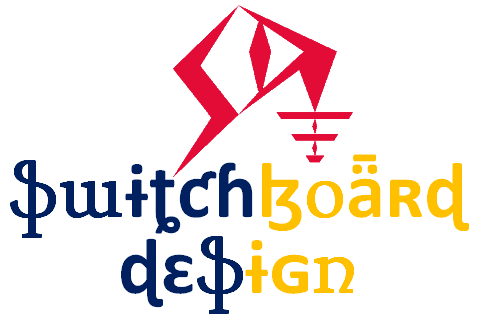Type : 7SR10
This Over current and Earth Fault Relay Block is easily insert in your schematic diagram and connect as you like way.
- Current Inputs :-
Four current inputs are provided on the Analogue Input module. Terminals are available for both 1 A and 5 A
inputs. The current input is incorporated within the relay and is used for phase fault and earth fault protection.
Current is sampled at 1600 Hz for both 50 Hz and 60 Hz system frequencies. Protection and monitoring functions of the relay use either the Fundamental Frequency RMS or the True RMS value of current appropriate to the individual function. The waveform recorder samples and displays current input waveforms at 1600 Hz. The primary CT ratio used for the relay instruments can be set in the CT/VT configuration menu. - Binary Inputs :-
The binary inputs are opto-couplers operated from a suitably rated power supply. Relays are fitted with 3 or 6 binary inputs (BI) depending on the variant. The user can assign any binary input to any of the available functions (INPUT CONFIG > INPUT MATRIX). Pick-up (PU) and Drop-off (DO) time delays are associated with each binary input. Where no pick-up time delay has been applied the input may pick up due to induced AC voltage on the wiring connections (e.g. cross site wiring). The default pick-up time of 20 ms provides AC immunity. Each input can be programmed independently. Each input may be logically inverted to facilitate integration of the relay within the user scheme. When inverted the relay indicates that the BI is energised when no voltage is applied. Inversion occurs before the PU and DO time delay. Each input may be mapped to any front Fascia indication LED and/or to any Binary output contact and can also be used with the internal user programmable logic. This allows the relay to provide panel indications and alarms. Each binary input is set by default to be read when the relay is in both the local or remote condition. A setting is provided to allow the user to select if each individual input shall be read when the relay is in the local or remote condition in the INPUT CONFIG > BINARY INPUT CONFIG menu. - Binary Outputs (Output Relays) :-
Relays are fitted with 3 or 6 binary outputs (BO). All outputs are fully user configurable and can be programmed to operate from any or all of the available functions. In the default mode of operation, binary outputs are self reset and remain energised for a user configurable minimum time of up to 60 s. If required, the outputs can be programmed to operate as ‘hand reset’ or ‘pulsed’. If the output is programmed to be ‘hand reset’ and ‘pulsed’ then the output will be ‘hand reset’ only. The binary outputs can be used to operate the trip coils of the circuit breaker directly where the trip coil current does not exceed the ‘make and carry’ contact rating. The circuit breaker auxiliary contacts or other in-series auxiliary device must be used to break the trip coil current. Any BO can be assigned as a ‘Trip Contact’ in the OUTPUT CONFIG > TRIP CONFIG menu. Operation of a ‘Trip Contact’ will operate any LED or virtual assigned from the ‘Trip Triggered feature in the same menu and will initiate the fault record storage, actuate the ‘Trip Alert’ screen where enabled and CB Fail protection when enabled. Where a protection function is mapped to an output contact, the output contact can be configured to trigger when the protection function picks-up rather than when it operates. Such output contacts are configured via the OUTPUT CONFIG > BINARY OUTPUT CONFIG > Pickup Outputs setting The 7SR10 Overcurrent and Earth Fault relay is housed in a 4U high, size 4 non draw-out case and these relays provide protection, monitoring, instrumentation, and metering with integrated input and output logic, data logging and fault reports. Communication access to the relay functionality is via a front USB port for local PC connection or rear electrical RS485 (optional) port for remote connection. The relay incorporates a number of self-monitoring features. Each of these features can initiate a controlled reset recovery sequence.
Supervision includes a power supply watchdog, code execution watchdog, memory checks by checksum, and
processor/ADC health checks. When all checks indicate the relay is operating correctly the ‘Protection Healthy’
LED is illuminated. If an internal failure is detected, a message will be displayed. The relay will reset in an attempt to rectify the failure. This will result in de-energisation of any binary output mapped to ‘protection healthy’ and flashing of the protection healthy LED. If a successful reset is achieved by the relay, the LED and output contact will revert back to normal operational mode and the relay will restart, therefore ensuring the circuit is protected for the maximum time. A start-up counter meter is provided to display the number of start-ups the relay has performed. Once the number of start-ups has exceeded a set number, an alarm output can be given.





Reviews
There are no reviews yet.